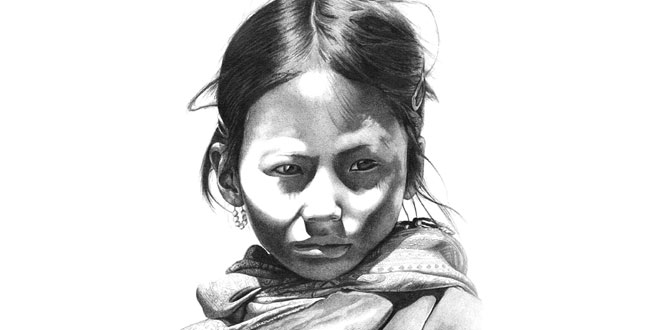Question: Give reasons to explain why the Maasai community lost their grazing lands.
Or
Why did the Maasai face the problem of continuous loss of their grazing lands under the colonial rule? Give reasons.
Or
How did the new territorial boundaries and restrictions suddenly change the lives of pastoralists in Africa ? Explain any five points.
Or
Give any four reasons to explain why cattle stock of Maasais decreased under colonial rule ?
Answer:
- Closing the borders: In the late nineteenth century, the Europeanimperial powers scrambled for territorial possessions in Africa, slicing up the region into different colonies. In 1885, Maasailand was cut into half with an international boundary between British Kenya and German Tanganyika. Subsequently, the best grazing lands were gradually taken over for the White settlement and the Maasai were pushed into a small area in South Kenya and North Tanzania. The Maasai lost about 60 per cent of their pre-colonial lands. They were confined to an arid zone with uncertain rainfall, and poor pastures.
- Expansion of Cultivation: From the late nineteenth century, the British colonial government in East Africa also encouraged local peasant communities to expand cultivation. As cultivation expanded, pasturelands were turned into cultivated fields. In pre-colonial times, the Maasai pastoralists had dominated their agricultural neighbors, both economically and politically. By the end of colonial rule, the situation had reversed.
- Setting up of reserves: Large areas of grazing land were also turned into game reserves like the Maasai Mara and Samburu National Park in Kenya and Serengeti Park in Tanzania. Pastoralists were not allowed to enter these reserves; they could neither hunt animals nor graze their herds in these areas. Very often, these reserves were in areas that had traditionally been regular grazing grounds for the Maasai herds. The Serengeti National Park, for instance, was created over 14,760 km. of the Maasai grazing land.
- Deterioration of the quality of pastures: The loss pf the finest grazing lands and water resources created pressure on the small area of land that the Maasai were confined within. Continuous grazing within a small area inevitably meant a deterioration of the qualify of pastures. Fodder was always in short supply. Feeding the cattle became a persistent problem.
- Droughts and death of animals: Since lots of restrictions were imposed on the movement of pastoralists, so they could not move to places where pastures were available. Due to this, there was shortage of fodder. A large number of Maasai cattle died of starvation and disease.
Question: “The Pastoral groups had sustained by a careful consideration of a host of factors”. Explain these factors.
Answer:
- Climatic Factor: They had to judge the climatic conditions of the regions where they wanted to move. They had to judge how long the herds could stay in one area, and where they could find water and pasture.
- Timing: They needed to calculate the timing of their movements, and ensure that they could move through different territories.
- Relationships: They had to set up a relationship with farmers so that the herds could graze in harvested fields, and manure the soil.
Question: “In the nineteenth century, African pastoralists could move over vast areas in search of pastures. When the pastures were exhausted in one place, they moved to a different area to graze their cattle. From the late ninteenth century, the colonial government began imposing various restrictions on their mobility.” Explain its impact on the pastoralists of Africa.
Answer:
- Special permits were issued to the people. They were not allowed to move out with their stock without special permits. And it was difficult to get permits without trouble and harassment.
- Pastoralists were also not allowed to enter the markets in the White areas. In many regions, they were prohibited from participating in any form of trade. So now they were fully dependent on their stock.
- When restrictions were imposed on pastoral movements, grazing lands came to be continuously used, and the quality of pastures declined. This, in turn created a further shortage of forage for animals, and the deterioration of animal stock.
- Now most of the nomads were forced to live within a semi-arid tract prone to frequent droughts.
Question: ‘Many ecologists believe that in dry regions and in the mountains, pastoralism is still ecologically the most viable form of life’. Do you agree? Justify by giving reasons.
Answer: Yes I do agree that in dry regions and in the mountains, pastoralism is still ecologically the most viable form of life because
- In winter, when the high mountains are covered with snow the pastoralists need to move in the low hills in search of pastures.
- The people of central plateau of Maharashtra need to move out of the plateau during the dry season in search of pastures. They migrate towards the Konkan region manuring the fields of the Konkan farmers.
- In the hilly areas or dry regions if the pastoralists do not move the , continuous intense grazing of the pastures will lead to deterioration of pastures.
 Class Notes NCERT Solutions for CBSE Students
Class Notes NCERT Solutions for CBSE Students




